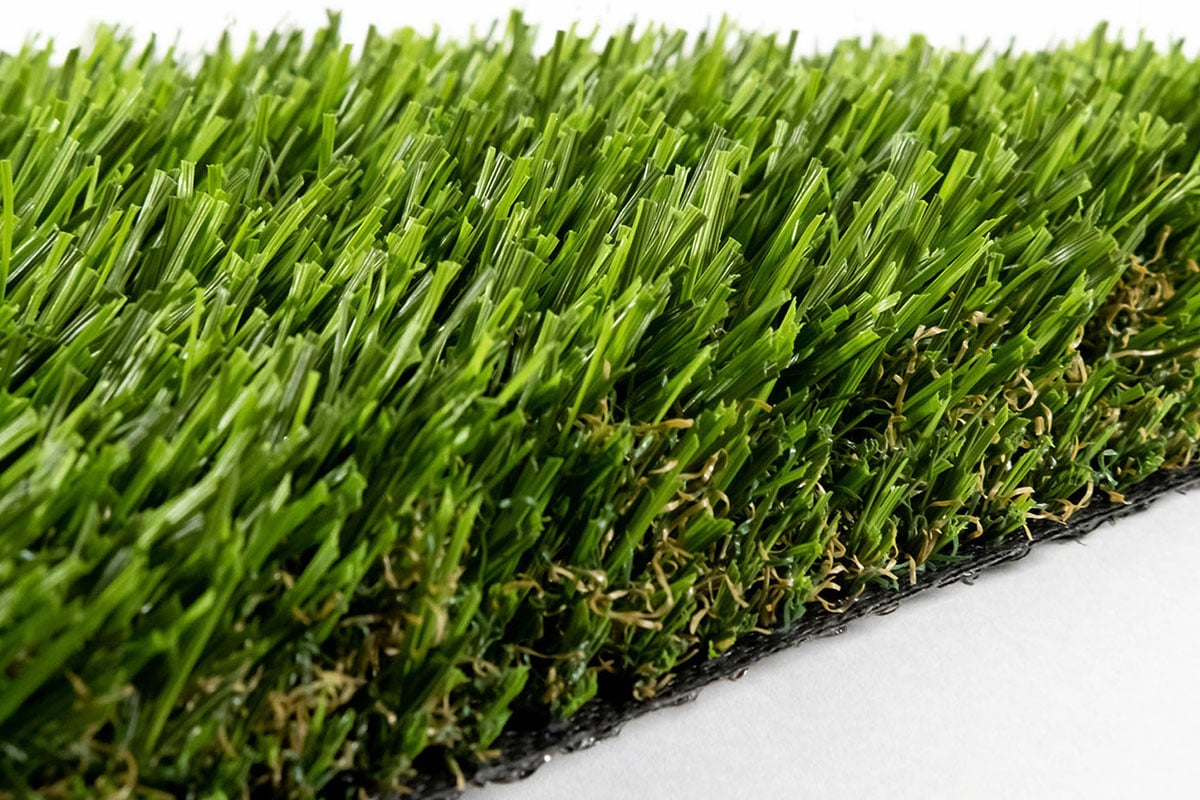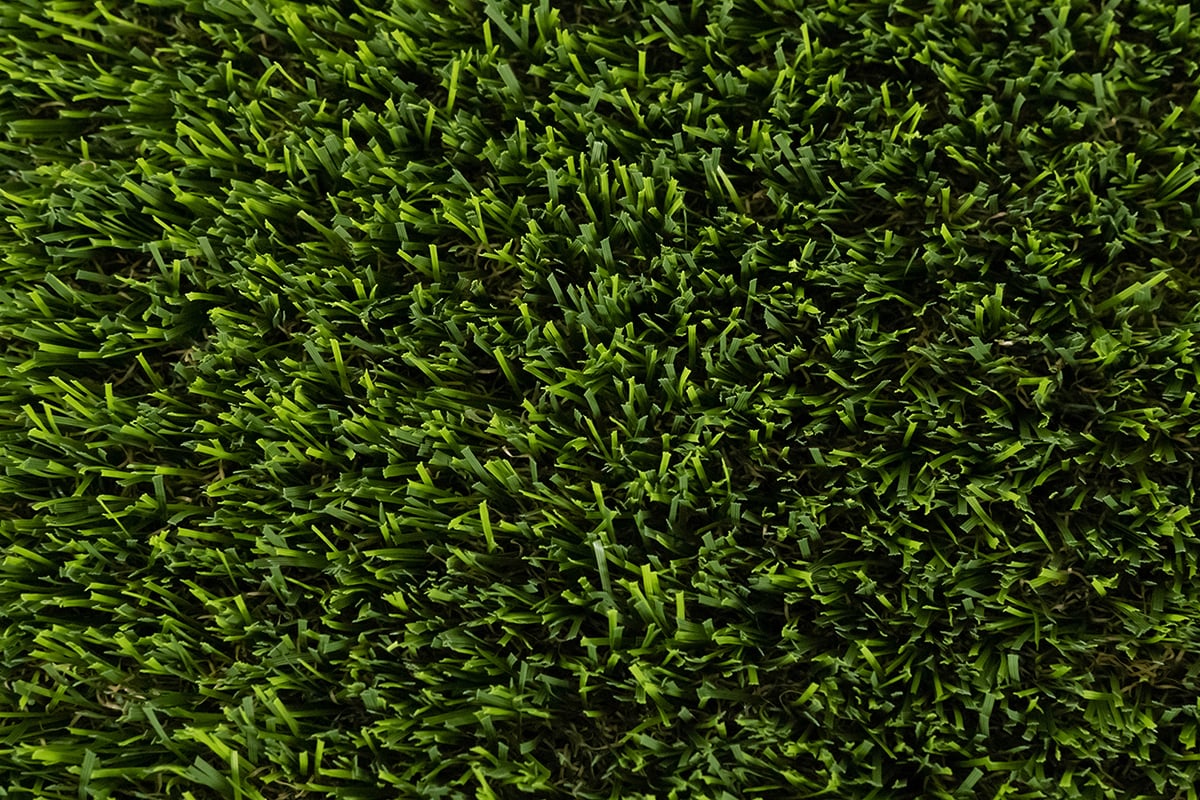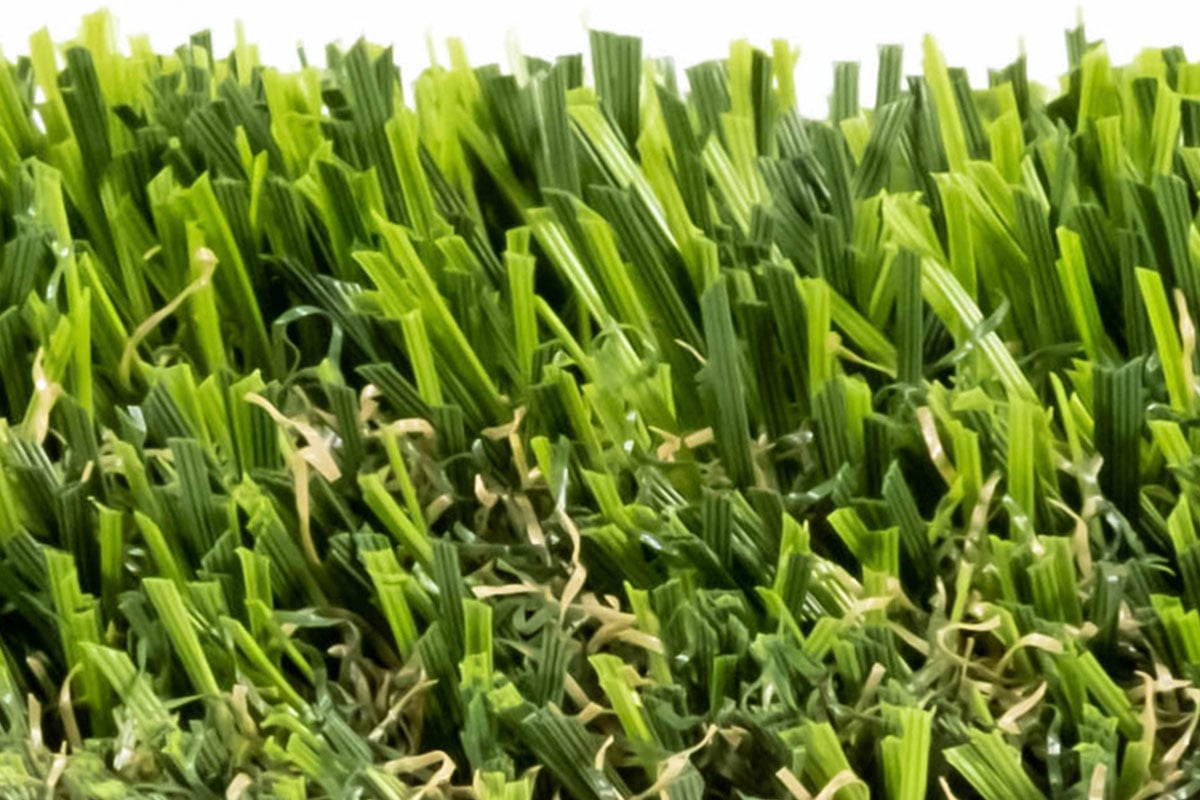Artificial Turf Carbon Fibers

If you’re considering installing artificial grass, you may have encountered the terms C4, C6, and C8. But what exactly do these terms mean? C4, C6, and C8 are all different grades of carbon fiber. In this post, we’ll explore the differences between these carbon fibers to help you choose the right one for your needs.
Carbon fibers are the material used to make artificial turf blades. The higher the number, the longer the carbon chain. Longer carbon chains increase resiliency and flexibility, making turf better suited to heavy foot traffic. Shorter carbon chains on the other hand are well-suited for low-traffic areas. Let’s explore!
First, let’s talk about C4 carbon fibers. These are made of polypropylene (PP), which is stiffer and less flexible than the polyethylene (PE) used in C6 and C8 fibers. Due to their characteristics, C4 fibers are typically used in low-traffic areas like decorative lawns, balconies, and rooftops where high performance isn’t necessary. So, if you’re looking for artificial grass for a small balcony or rooftop garden, C4 fibers may be a good option.
Now let’s move on to C6 carbon fibers. These fibers are also made of polyethylene (PE), but with a slightly lower melt flow index (MFI) than C8 fibers. This makes them less flexible and resilient than C8 fibers, but they still offer good durability and performance. C6 fibers are often used in moderate-traffic areas like residential lawns and landscaping.
Lastly, we have C8 carbon fibers. These fibers are made of a polyethylene (PE) polymer known for its toughness and resiliency. C8 fibers are engineered to have a higher melt flow index (MFI) than C6 fibers, which means they’re more flexible and can recover faster from wear and tear. Because of this, C8 fibers are often used in high-traffic areas like sports fields and playgrounds, where durability and performance are critical. If you want artificial grass that can handle a lot of foot traffic without losing its shape, C8 fibers might be the way to go.
C8 is the technology used in DuraBlade™



Durablade’s longer-than-usual carbon chain increases durability and temperature resistance while still offering a soft-to-the-touch feel and realistic appearance.
When choosing the right carbon fiber for your artificial grass, it’s important to consider factors such as foot traffic, durability, and performance requirements. Understanding the differences between C4, C6, and C8 fibers can help you make an informed decision and find the perfect artificial grass that meets your needs.

